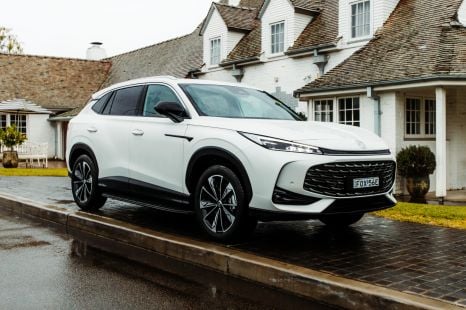

James Wong
3 Days Ago
SUVs today make use of either a unitary or a body on frame construction. What are these and what’s the difference?

Contributor


Contributor
The term ‘SUV’ stands for Sports Utility Vehicle, which perhaps gives an idea that SUVs are the most versatile vehicles available on the market today.
Not only do they serve as spacious family cars, many carry at least an impression of having a modicum of off-road ability. More recently, premium carmakers have been dressing up their SUVs to look like sports coupes.
Of course, not all SUVs are created equal – and how a crossover is built has a huge impact on whether it can deliver on the promise of off-road or track-ready prowess.
Today, SUVs are built in one of two ways – either through a unitary design (also known as a monocoque) or as a body on frame vehicle.

The body-on-frame type of construction is perhaps the oldest way to build vehicles, harkening back to the days of horse carriages, when customers could buy a chassis and then send it to a coach builder to create a custom body.
The underlying vehicle chassis was the primary source of its rigidity. Given the body didn’t contribute much structurally, it could easily be customised to the owner’s tastes.
Body-on-frame SUVs today use the same fundamental principle of a body sitting atop a rigid frame or chassis. The chassis remains the primary load-bearing component and depends less on the body or other components for additional strength.
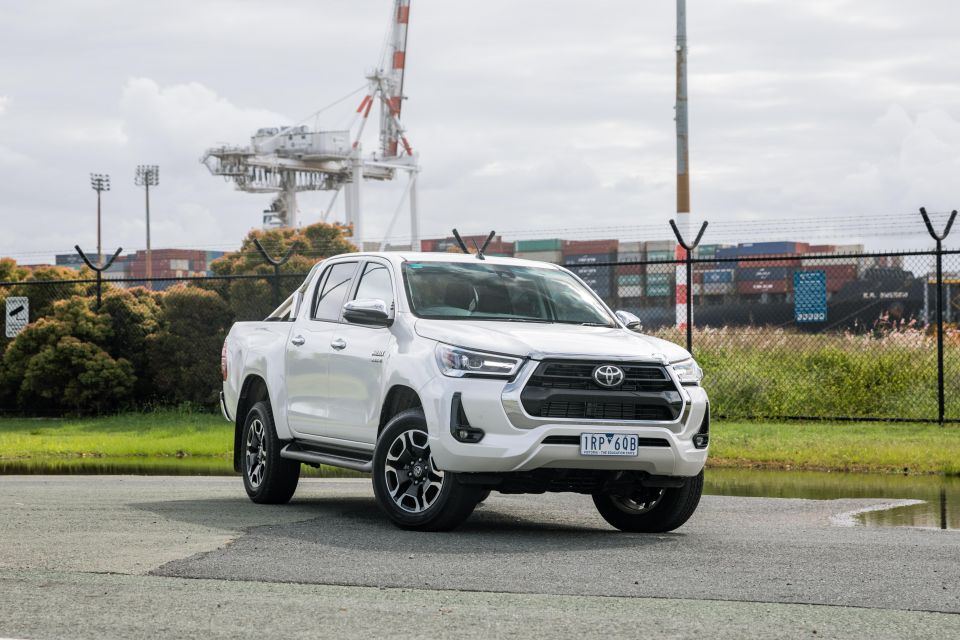
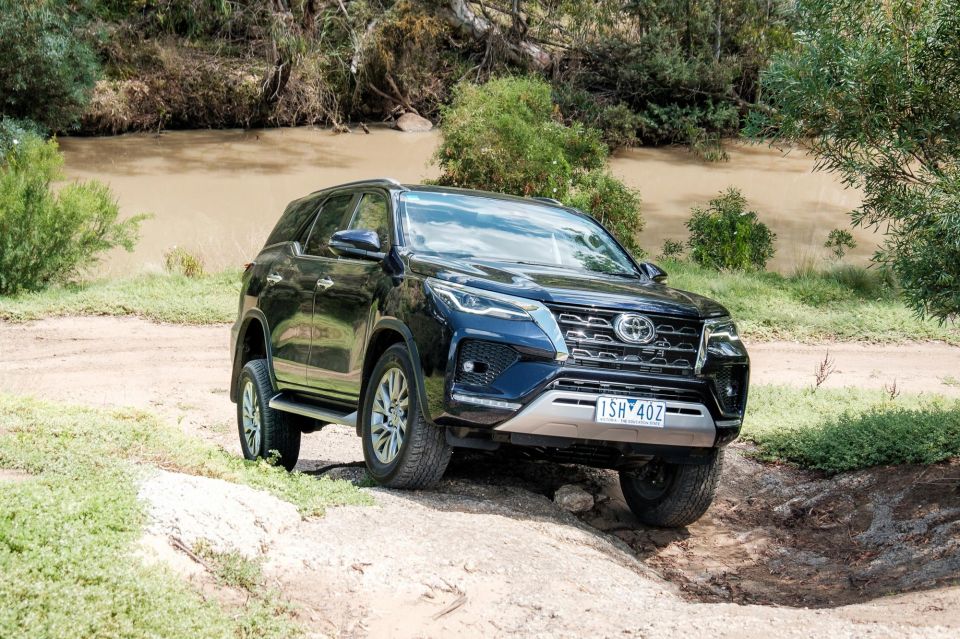
The customisability aspect described above translates to a significant benefit for manufacturers when producing body-on-frame vehicles. It’s the reason utes such as the Toyota HiLux, Ford Ranger, and Isuzu D-Max can be easily made in various configurations such as single cab, extra cab and dual cab.
It’s also why these can then be affordably transformed into SUVs such as the Fortuner, Everest and MU-X.
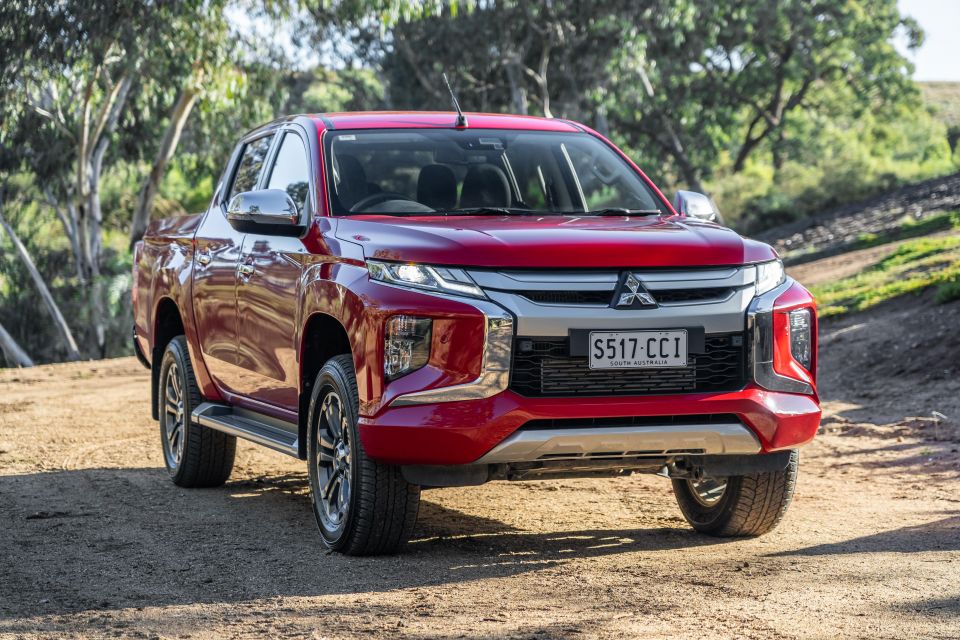
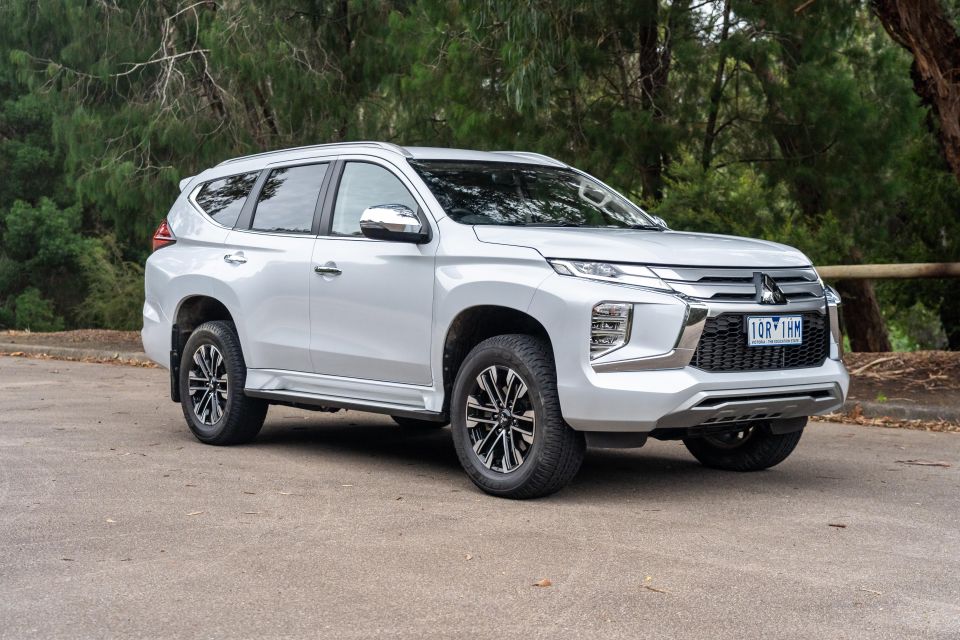
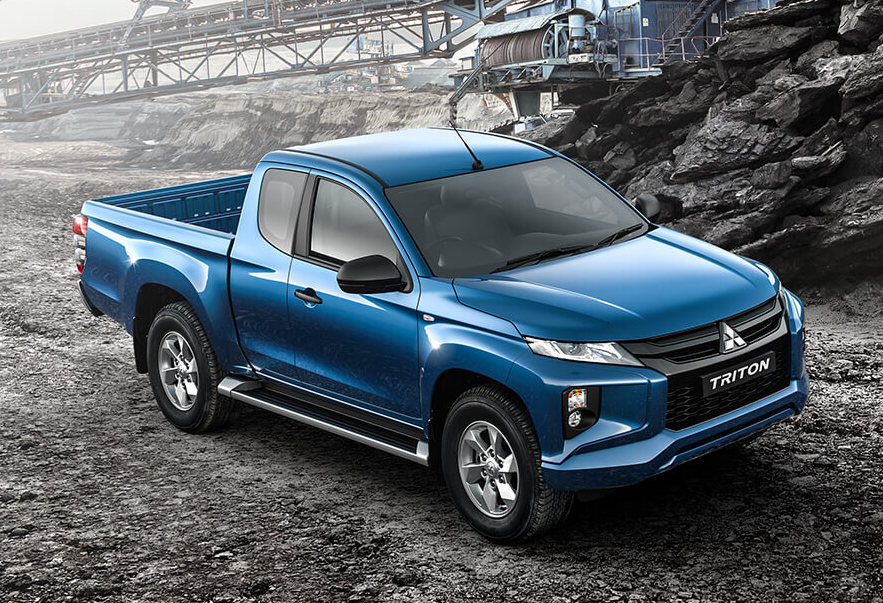
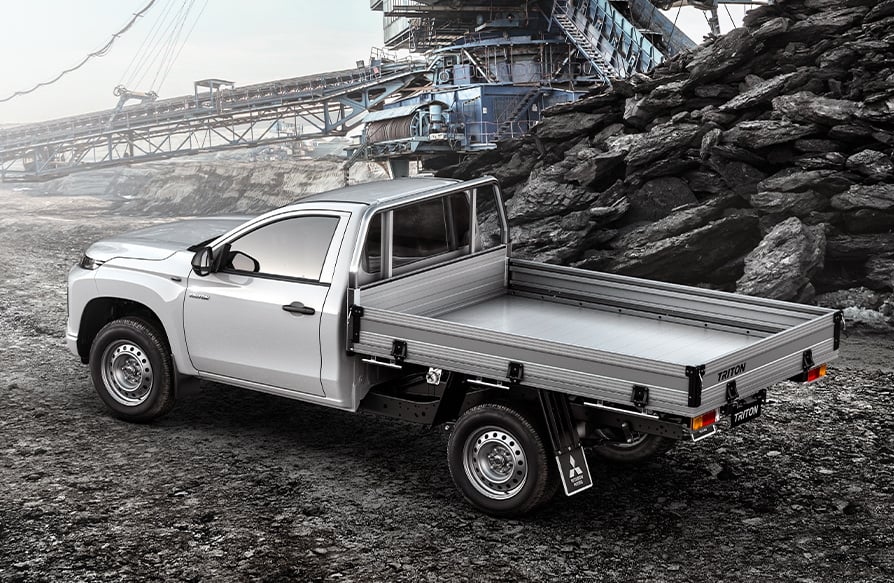
Of course, only having an underlying chassis to rely on does compromise the overall rigidity of a body-on-frame vehicle. Nevertheless, introducing more flex can be an advantage in off-roading situations, where uneven terrain may require the vehicle to have more flexibility in wheel articulation, or positioning its wheels at different heights.
Correspondingly, some older body-on-frame SUVs would fail the door flex test, although modern cars have stronger frames and bodies than their forebears.
The combination of having a greater tolerance to handle twisting forces, coupled with the vehicle being built on a sturdy frame underneath, also enhances a body-on-frame SUV’s suitability to tow heavy loads such as boats.
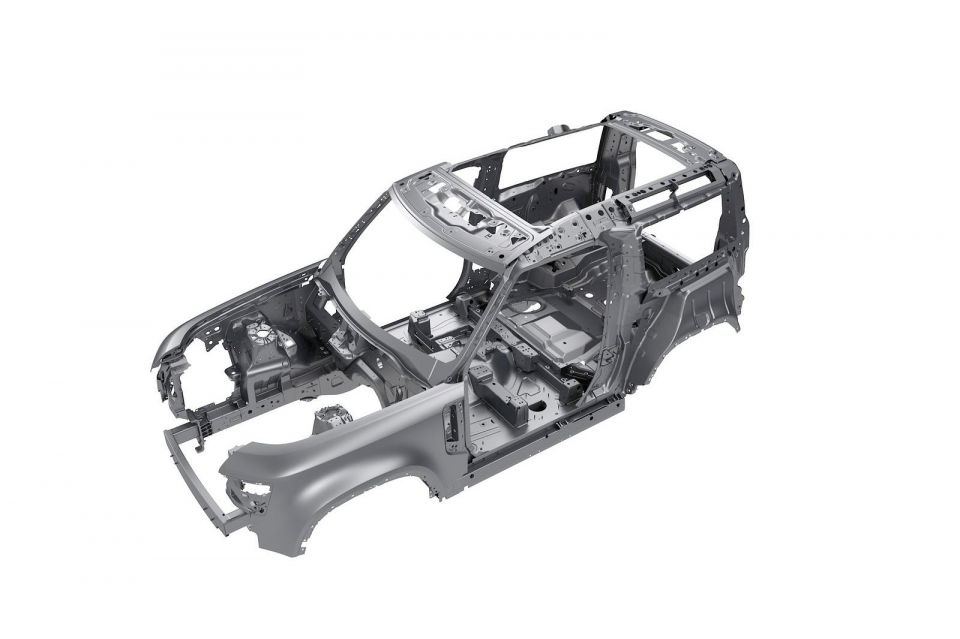
In contrast to body-on-frame designs, unitary vehicles are named as such because the body and chassis are ‘united’ to form a single whole that endows the SUV with its rigidity and strength.
Perhaps a more apt visual metaphor is provided by another commonly used word to describe unitary construction, monocoque, which originates from Greek and French words that combine to mean ‘single shell.’
Having the body contribute to vehicle strength boosts an SUV’s overall rigidity, and this delivers several benefits for on-road performance, including sharper handling and better overall driving dynamics.

The lack of a separate chassis also facilitates weight savings, which not only contributes to the improved dynamics described above, but improves fuel economy by reducing the mass that the engine and other powertrain components have to push around.
Combining the chassis and body into a unified whole means the body no longer needs to ‘sit’ on top of something, which gives designers and engineers greater potential to maximise interior space and practicality – especially important for larger three-row SUVs that intend to offer seven seats and a usable boot.
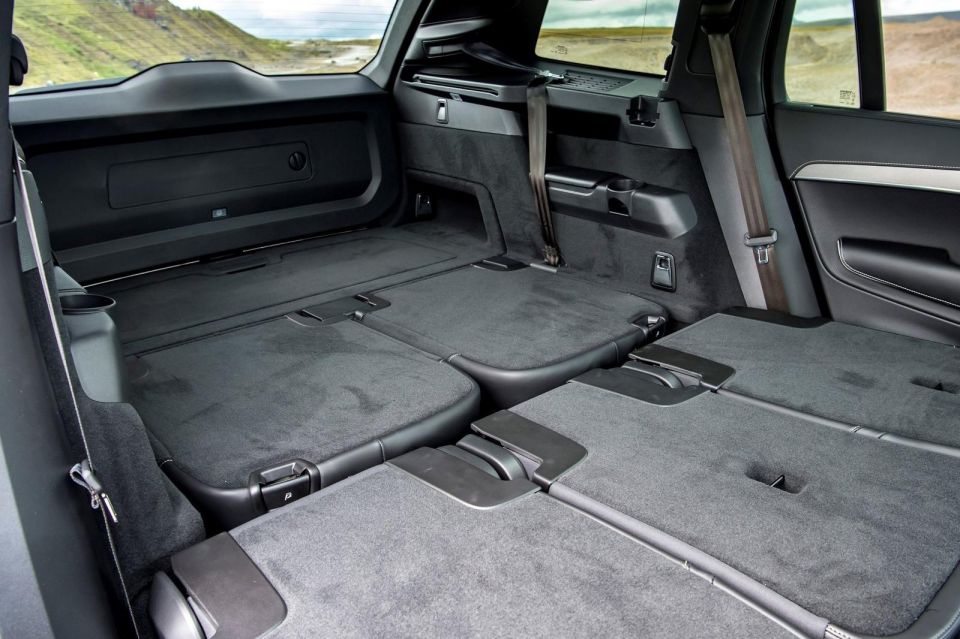
It’s important to note no car or SUV today is a pure monocoque – otherwise even minor accidents would be expensive to repair and would compromise the structural rigidity of the vehicle.
Instead, unitary vehicles today are built through the use of different box sections (for example, the front structure of the SUV might be its own ‘box’) that are then riveted or welded together to form a complete body.
Advances in engineering and technology mean although fundamental differences in physics between unitary and body-on-frame SUVs cannot be overcome, the distinction between the two is not as large as it was previously.
The new Land Rover Defender, for example, has switched from a body-on-frame to a unitary construction, but together with the help of various electronic aids such as hill descent control and other advanced electronic stability control (ESC) systems, has maintained its off-road prowess.
Similarly, Toyota’s new Land Cruiser 300 Series retains a body-on-frame design, but is likely to have a level of practicality, refinement, and on-road ability comparable to typical unitary SUVs.



James Wong
3 Days Ago
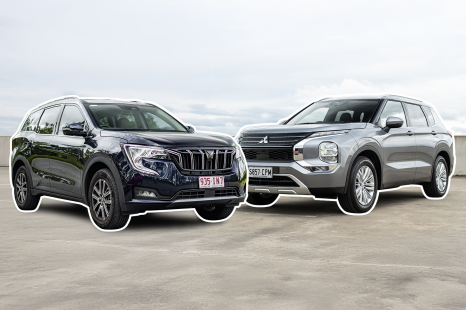

Andrew Maclean
3 Days Ago


Max Davies
2 Days Ago


Max Davies
2 Days Ago


Josh Nevett
2 Days Ago
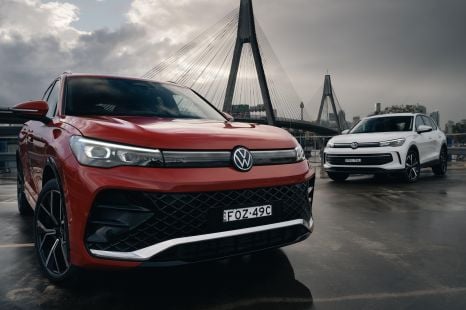

Max Davies
1 Day Ago